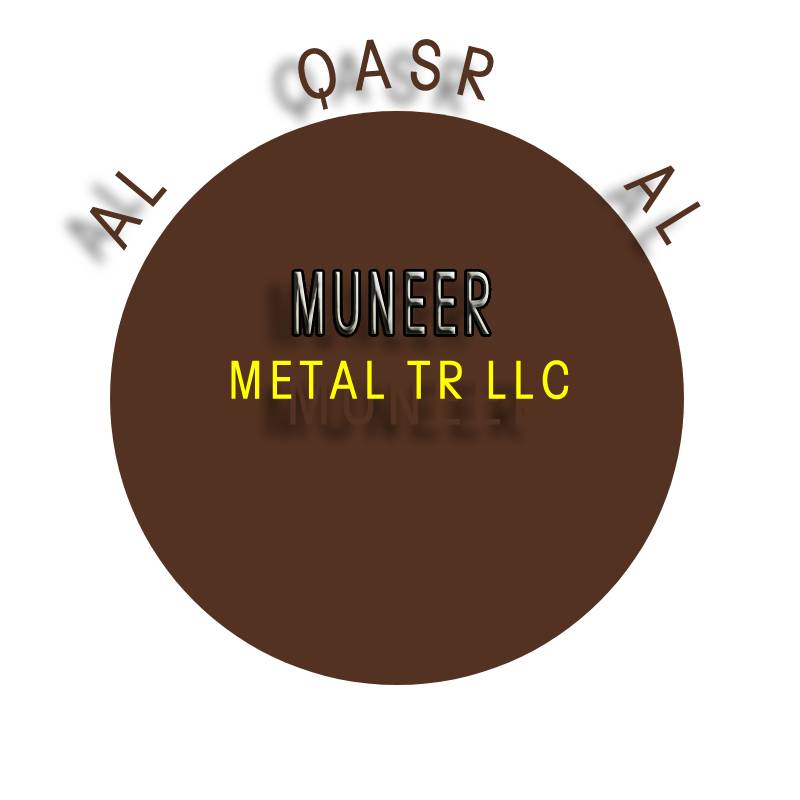Galvanization of Steel: Understanding the Process and Purpose
Galvanization of steel, also spelled or galvanización, and sometimes searched as galvanicion, is a process used to protect steel galvanically from corrosion by applying a layer of zinc to its surface. This layer serves as a protective barrier that prevents moisture, oxygen, and other elements from reaching the underlying steel.
Galvanization definition
Galvanisation meaning refers to the process of applying a protective zinc coating to steel to prevent rusting. It enhances durability, resists corrosion, and is widely used in construction and manufacturing industries. Galvanisation acier refers to the process of coating steel (acier in French) with zinc to protect it from corrosion.
The galvanique (galvanic) process is widely used across the world, especially in construction, automotive, and manufacturing industries due to its reliability and cost-effectiveness. Steel is a strong and versatile metal, but it is vulnerable to rust when exposed to water and air. Rust not only weakens steel but also affects its appearance and longevity.
To overcome this problem, galvanization of steel is used to make steel material more durable and resistant to environmental damage. The zinc coating not only shields the metal but also sacrifices itself in the event of any scratches or damages, protecting the steel underneath.
Galvanization metal methods
Galvanization of steel is carried out in different methods. The most common method is hot dip galvanicion. In this process, the steel is first cleaned to remove any dirt, oil, or rust. It is then dipped into a bath of molten zinc, which is usually heated to about 450 degrees Celsius.
Once removed from the bath, the zinc reacts with the steel to form a series of zinc iron alloy layers that are tightly bonded to the steel. This forms a durable coating that can withstand harsh environmental conditions. Another method is electro-galvanization. Unlike hot dip galvanizing, this process involves the application of zinc through electroplating.
Steel is placed in an electrolyte solution containing zinc, and an electric current is passed through it. This causes zinc to adhere to the surface of the steel. Electro-galvanization produces a thinner and more uniform coating than hot-dip galvanization.
It is mainly used in applications where appearance and smooth finish are important, such as in household appliances and electronic components. There is also a process called galvannealing. It is a combination of hot-dip galvanization and annealing. After the steel is dipped in molten zinc, it is heated to allow diffusion between the zinc and the steel.
This results in a matte finish that provides better paint adhesion. Galvannealed steel is often used in the automotive industry, especially for car bodies that require painting. The protective nature of the zinc coating comes from its ability to act as a barrier and a sacrificial metal.
When the zinc layer is intact, it blocks water and air from reaching the steel. Even if the zinc coating is scratched or damaged, the surrounding zinc corrodes first, protecting the exposed steel. This sacrificial property is what makes galvanization so effective for long-term protection.
Applications in daily life
Galvanization of steel is used in a wide range of applications. In the construction industry, it is used for roofing, structural beams, fences, and support systems. It is also widely used in agriculture for tools, machinery, and fencing. In the automotive industry, galvanization of steel is used for making car bodies, frames, and undercarriage parts.
Its corrosion resistance ensures that vehicles last longer even when exposed to harsh weather conditions. Home appliances such as washing machines, refrigerators, and air conditioners also make use of galvanization of steel. Its smooth finish and durability make it ideal for components that require strength and aesthetics.
Even in infrastructure, galvanization of steel is used for bridges, road barriers, and utility poles, where long-term exposure to weather can cause rapid deterioration of untreated steel. The advantages of using galvanization of steel are many. It offers long-lasting protection, often up to 50 years or more depending on the environment.
It reduces the need for maintenance and repainting, which lowers long-term costs. Galvanized steel is also ready to use right after the process, which saves time during construction or manufacturing. Another important aspect of galvanization is its environmental benefit.
Zinc is a natural, recyclable metal, and the galvanizing process itself has a relatively low environmental impact. Additionally, by extending the life of steel, galvanization reduces the need for replacement and conserves raw materials. In regions where Spanish is spoken, the term galvanización is commonly used to refer to this process.
It is often searched online by people looking for information about protecting steel in industries or home use. Sometimes, people may mistakenly type galvanicion, which is a common misspelling. Including all these variations in an article or blog post helps reach a wider audience and improves search engine visibility.
Galvanized nails are used in building bridges to prevent rusting, ensuring long-term strength and durability even when exposed to rain, moisture, and changing weather conditions as shown in the picture here.
Bottom -line
In conclusion, galvanisation of steel is a highly effective method of protecting steel from rust and corrosion. Whether through hot-dip, electro-galvanization, this process adds years to the life of steel products and structures. Its use across industries, along with its cost-effectiveness and low maintenance, makes it an essential process in modern manufacturing and construction.



